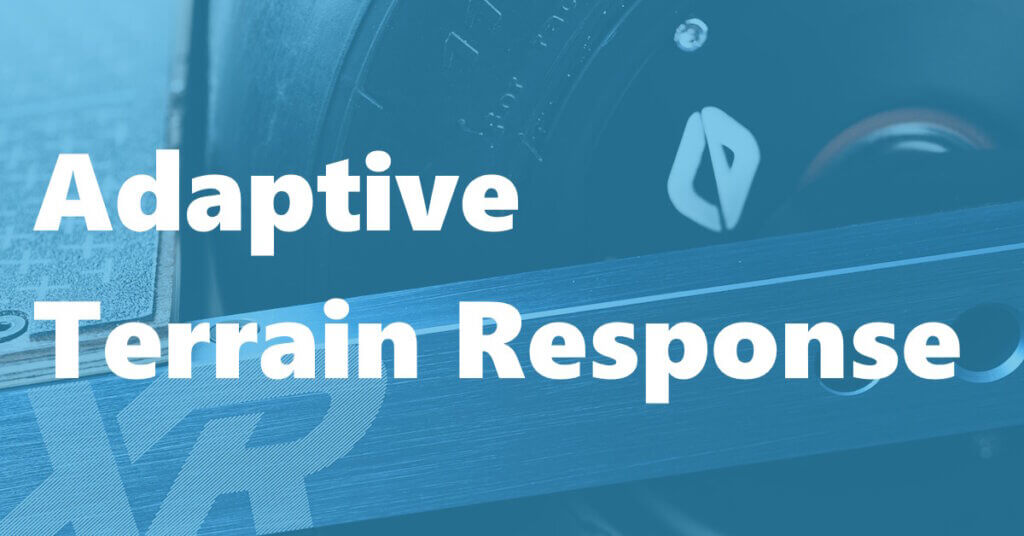ATR, or Adaptive Terrain Response, is a feature for VESC-based one-wheels designed to adjust a board to changing terrain. As you descend a hill, the tail lifts, and as you ascend, the nose lifts. This is particularly useful when going down steep hills, which are typically tail-drag territory on an Onewheel (without Gradient Tracking). With ATR, you can descend comfortably and confidently, knowing you have plenty of stopping power.
ATR measures the acceleration experienced by the rider and compares it to the expected acceleration under given conditions. For instance, when facing increased resistance, such as ascending a hill, ATR lifts the nose of the board to counteract the additional challenge. Conversely, when riding downhill, the tail is raised to maintain stability.
How Does it Work?
This adaptive feature relies on real-time feedback, analyzing factors like current consumption and acceleration to make split-second adjustments. Unlike its predecessor, torque tilt, which solely reacts to changes in current, ATR offers a more nuanced approach. By considering acceleration alongside current, ATR provides a smoother, more natural riding experience. This refinement allows riders to navigate diverse terrain with ease, seamlessly transitioning from flat pavement to challenging hills without sacrificing stability or comfort.
Advantages and Limitations
One of the standout advantages of ATR is its ability to enhance hill performance without compromising street riding comfort. Riders can enjoy the benefits of optimized terrain response without sacrificing maneuverability on smoother surfaces. This versatility sets ATR apart from previous systems and enhances the overall riding experience.
However, like any technology, ATR has its limitations. It may not be suitable for rapidly changing terrain where quick adjustments are necessary. Additionally, environmental factors like strong headwinds or soft sand can trigger ATR responses, potentially leading to a slightly awkward feel when coasting or slowing down.
Future Motion’s Perspective
Interestingly, ATR isn’t exclusive to VESC-based systems. Future Motion, known for its Onewheel electric boards, incorporates a similar adaptive response mechanism into its Onewheel GT S-Series, Gradient Tracking that was released in the 6.1.61 Firmware update. While not as customizable as VESC’s ATR, Future Motion’s implementation prioritizes smoothness and subtlety, seamlessly adjusting the board’s behavior to suit varying terrain conditions.
Final Thoughts
As the one-wheeled community continues to evolve, innovations like ATR play a crucial role in enhancing the riding experience. By intelligently adapting to changing terrain, riders can push the boundaries of exploration while enjoying unparalleled stability and control. Whether you’re tackling steep hills or gliding through urban landscapes, Adaptive Terrain Response ensures that your ride remains thrilling, safe, and utterly unforgettable.


